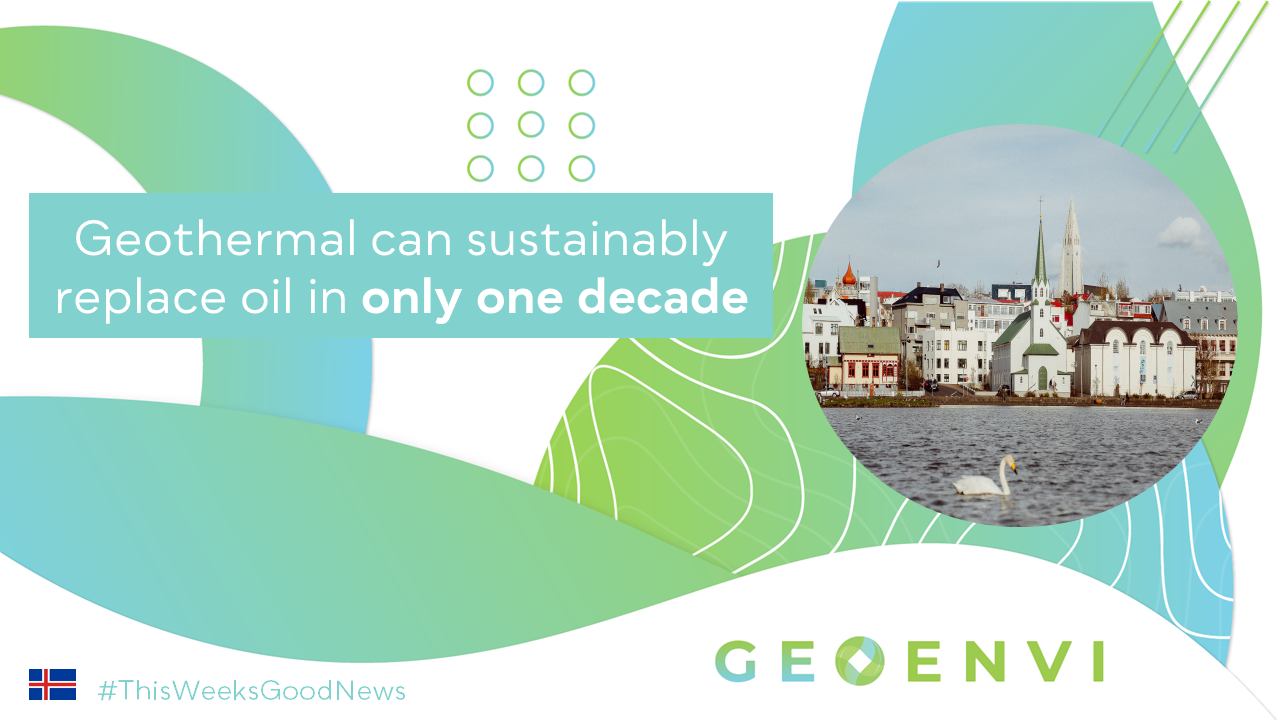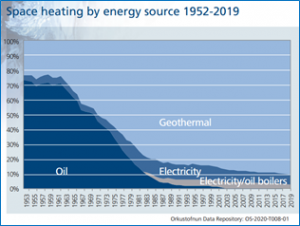
When the oil crisis struck in the early 1970s, the world market price for crude oil rose by 70%. At the same time, heat from oil served over 50% of the population in Iceland. The oil crises caused Iceland to change its energy policy, reducing oil use and increasing domestic energy resources, such as hydropower and geothermal.
This policy meant exploring new geothermal resources and building new heating utilities across the country. Due to the urgency and constructive cooperation, it took only 12 years to decrease oil for heating from 50% 1973 to 5% 1985. This involved transforming household heating systems from oil to geothermal heat, based on constructive cooperation between the state, cities, municipalities and private partners.
This proves that big transformation can happen within countries in short period of time based on cooperation. That is a lesson that can be useful to everyone to fight the climate crises today.

Source: National Energy Authority of Iceland
> This news is part of our #GEOENVI #ThisWeeksGoodNews campaign on the many benefits of geothermal energy. Check out next week’s good news